Here we were thinking Lily Allen and David Harbour was the saddest break up of the year. Turns out, it was actually the unconscious uncoupling of your makeup and face all along.
Separating makeup sees your face products split on your skin instead of staying smooth and uniform. In short: It’s the worst.
But just like any break up, fixing this separation comes down to three things: Copious Taylor Swift, some self-reflection, and a grand gesture to prove personal (skincare) growth.
Here’s how to keep your makeup from separating and back to soul-mate status.
What Is Separating Makeup?
A very cruel combination of patchiness, streakiness, or blotchiness. Your face is left looking textured: Bare skin visible in some areas and cakey buildup in others.
This usually happens when your skin and your makeup aren’t on the same page—whether because of too much oil, not enough hydration, leftover texture, or formulas that don’t play nicely together.
Why Is Your Makeup Separating?
Just like a struggling relationship, there’s a bucketload of factors that cause separation.
-
Dryness or dehydration: Thirsty skin will drink up the water content in your foundation, leaving pigment clinging to fine lines or dry patches.
-
Excess oil: Too much sebum on the skin causes makeup to slide around and dissolve, especially since many makeup products contain oils themselves.
-
Texture and buildup: Dead skin cells and debris love to slide around and create an uneven surface on the skin. When makeup gets applied on top, it can’t adhere properly to the skin, emphasising all that annoying texture, bumps, and flakiness.
-
Too many emollients: The moisturiser limit does exist. Overloading moisturisers, balms, or facial oils creates a slippery surface that makeup can’t grip—leading to creasing and caking.
How To Fix Separating Makeup
The best fix for your separating makeup tends to come down to finding an effective skincare routine (plus some well-chosen makeup products).
-
Start with a clean base: Cleansing your face and washing away any excess oil, grime, or HobNob crumbs can help create a smooth, ready surface to apply makeup.
-
Exfoliate as needed: Sweeping away dead skin cells helps to banish texture so your makeup won’t get stuck in the weeds of it. Adding an exfoliator step into your skincare routine should help your makeup bind and sit nicely on the skin.
-
Hydrate wisely: A good dollop of moisturiser should help soothe the texture caused by dryness, whilst regulating oil production.
-
Slot in a primer: Think of primer as the peacekeeper between your skin and your makeup. It smooths over dry patches, grips onto foundation, and helps balance out any oily spots to help ward off separating makeup even on bad skin days.
-
Layer lots: Applying your base in thin, even layers will help you gradually build coverage and stop your makeup caking up. Piling on your makeup is more likely to lead to cracks and separation.
-
Set strategically: Powder and setting spray are best mates with a good base of makeup. Apply setting powder only where you need it (usually the T-Zone) and ditch it where you don’t (hint: where you get dry). Finish with a setting spray to lock in your look without over mattifying.
Already Did Your Makeup And Now It’s Separating?
For this one, I decided to call in the professional (makeup artist Madeleine Grace) to help us with our makeup rescue mission:
“Don’t panic if your makeup starts to separate, it’s definitely salvageable!” assures Madeleine. “If it’s only a little separation, you can just blot the area with a tissue to remove excess oil and reapply your product over the top. For more major separation, I’ll take some micellar water, remove just that area, and reapply fresh product.”
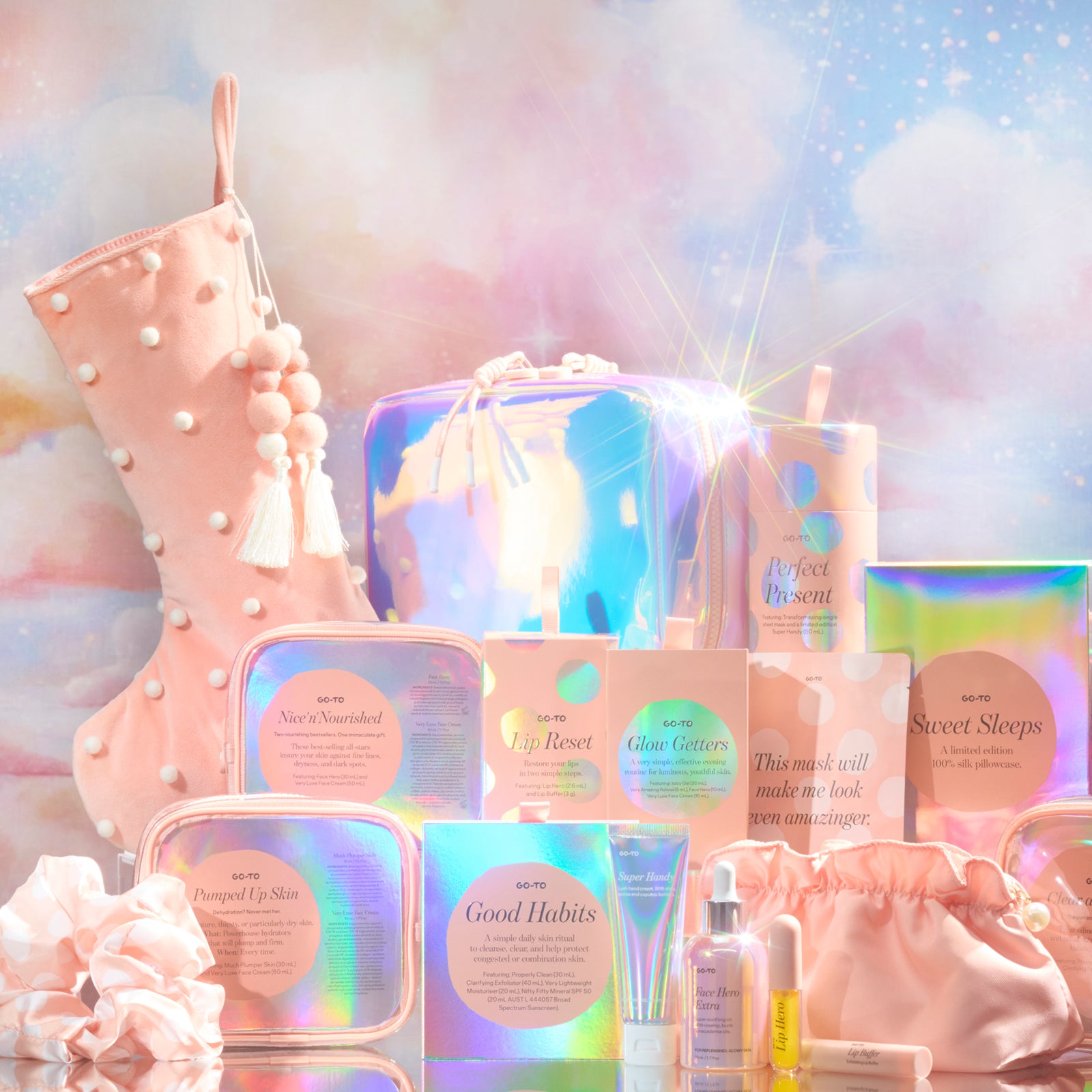

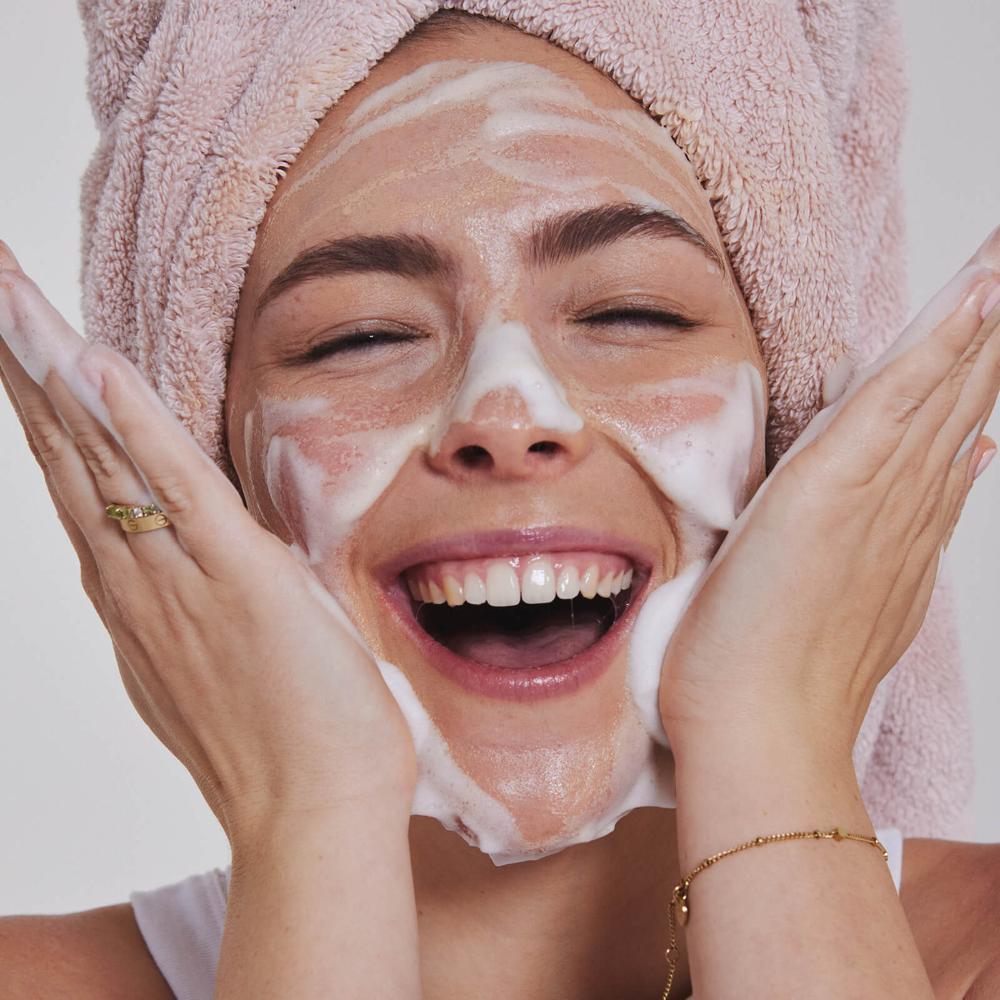

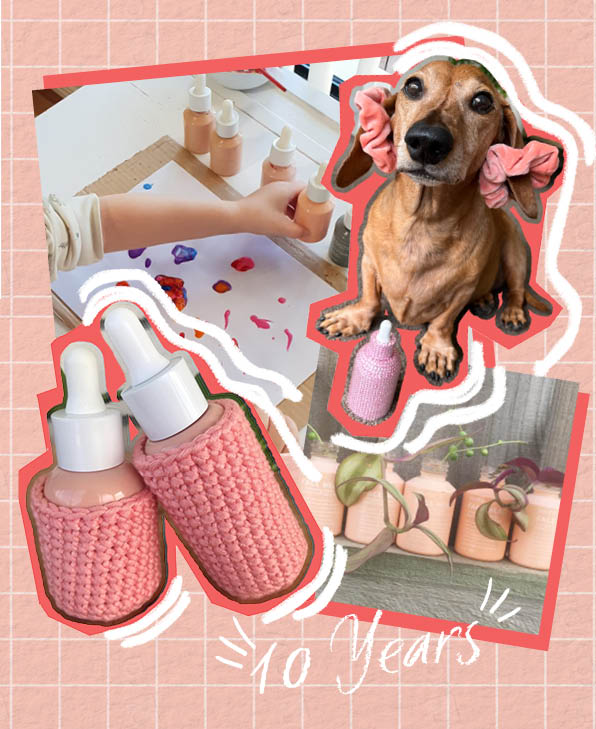
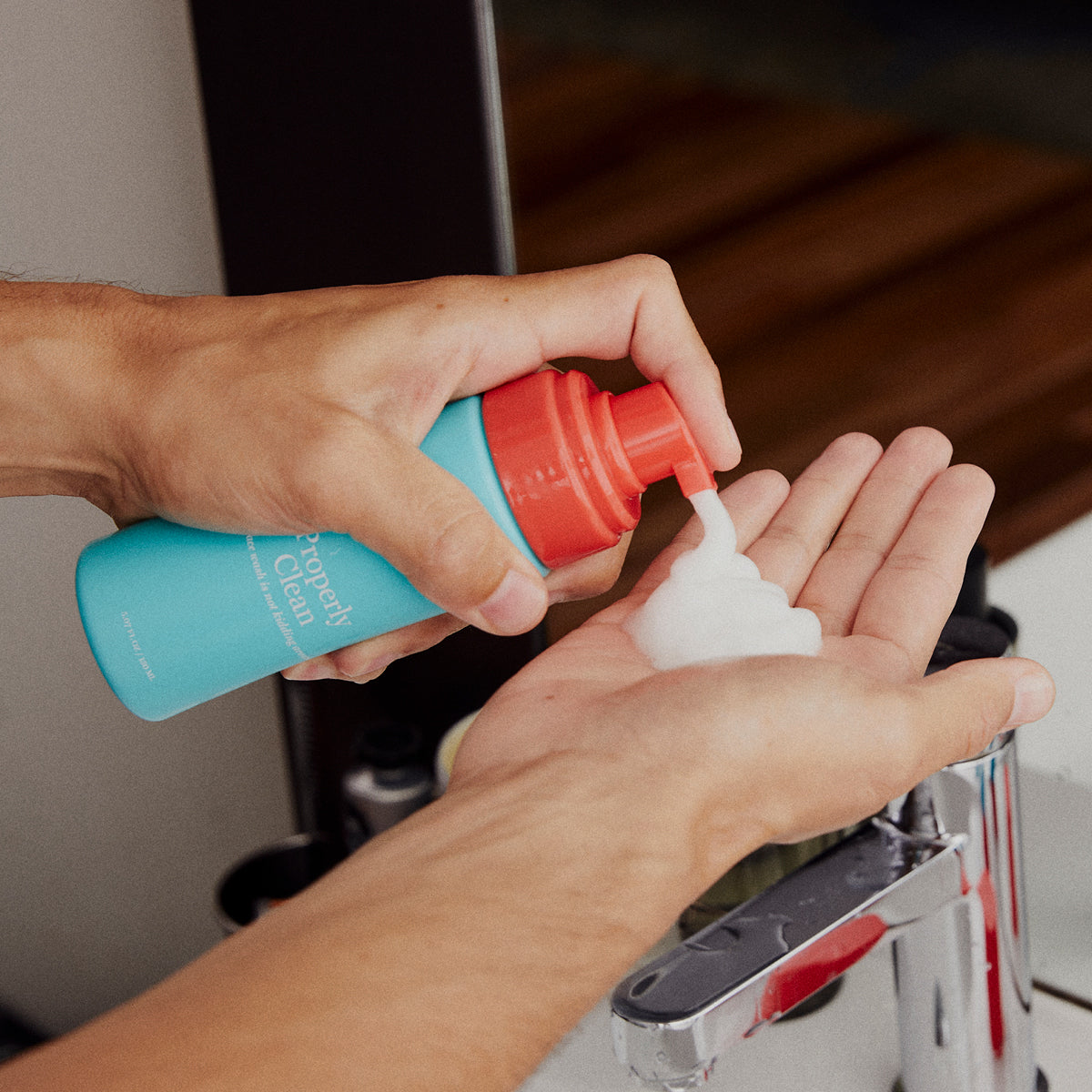
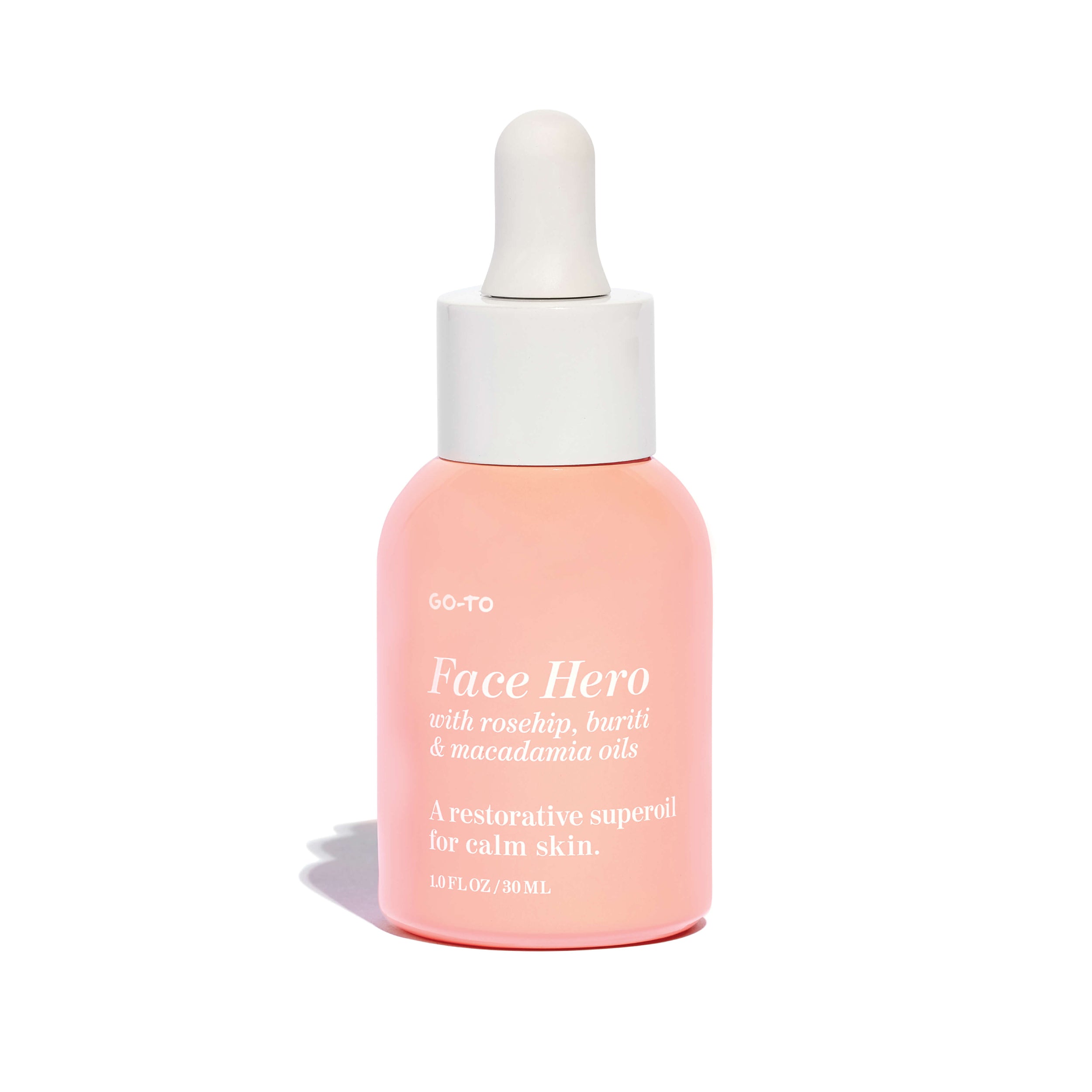
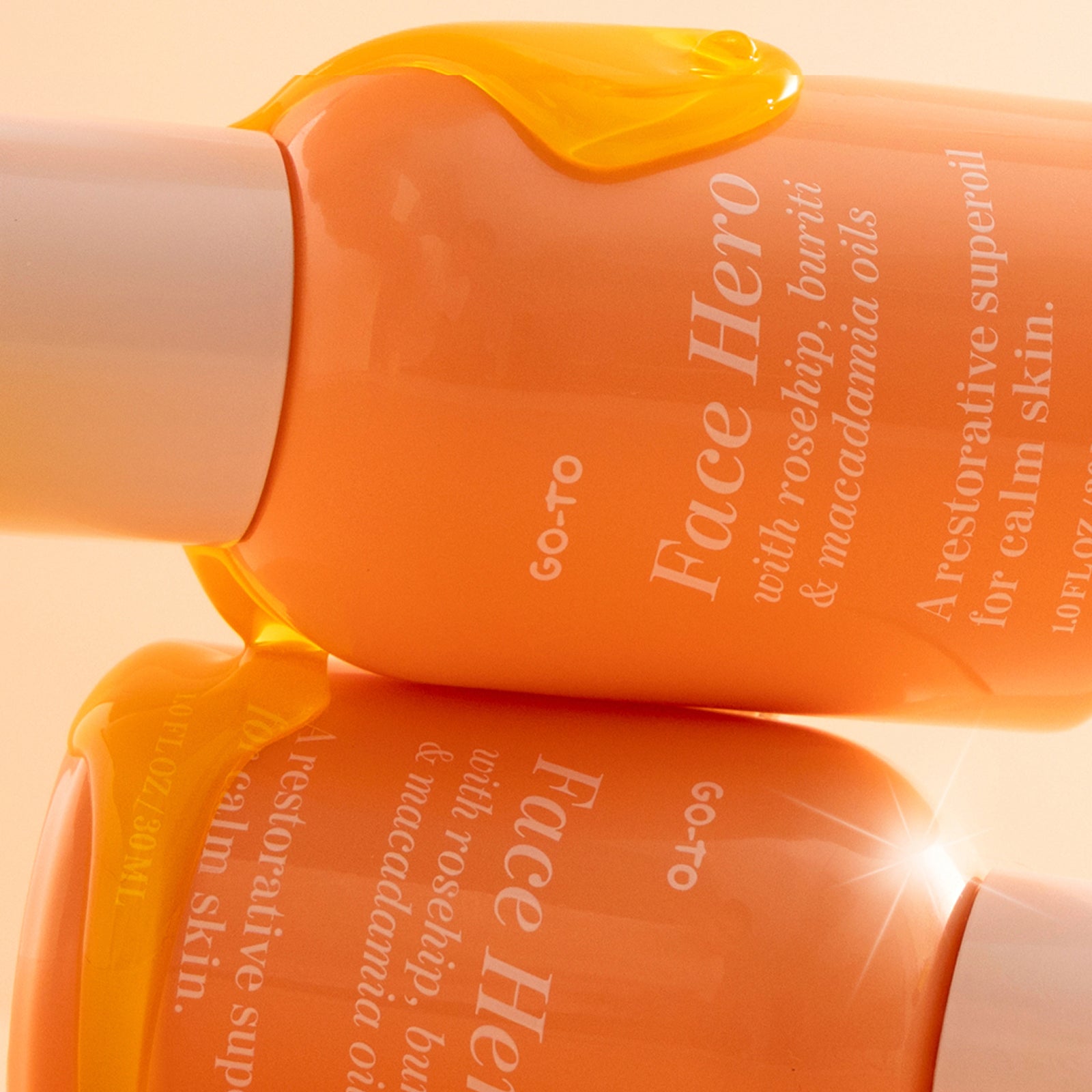
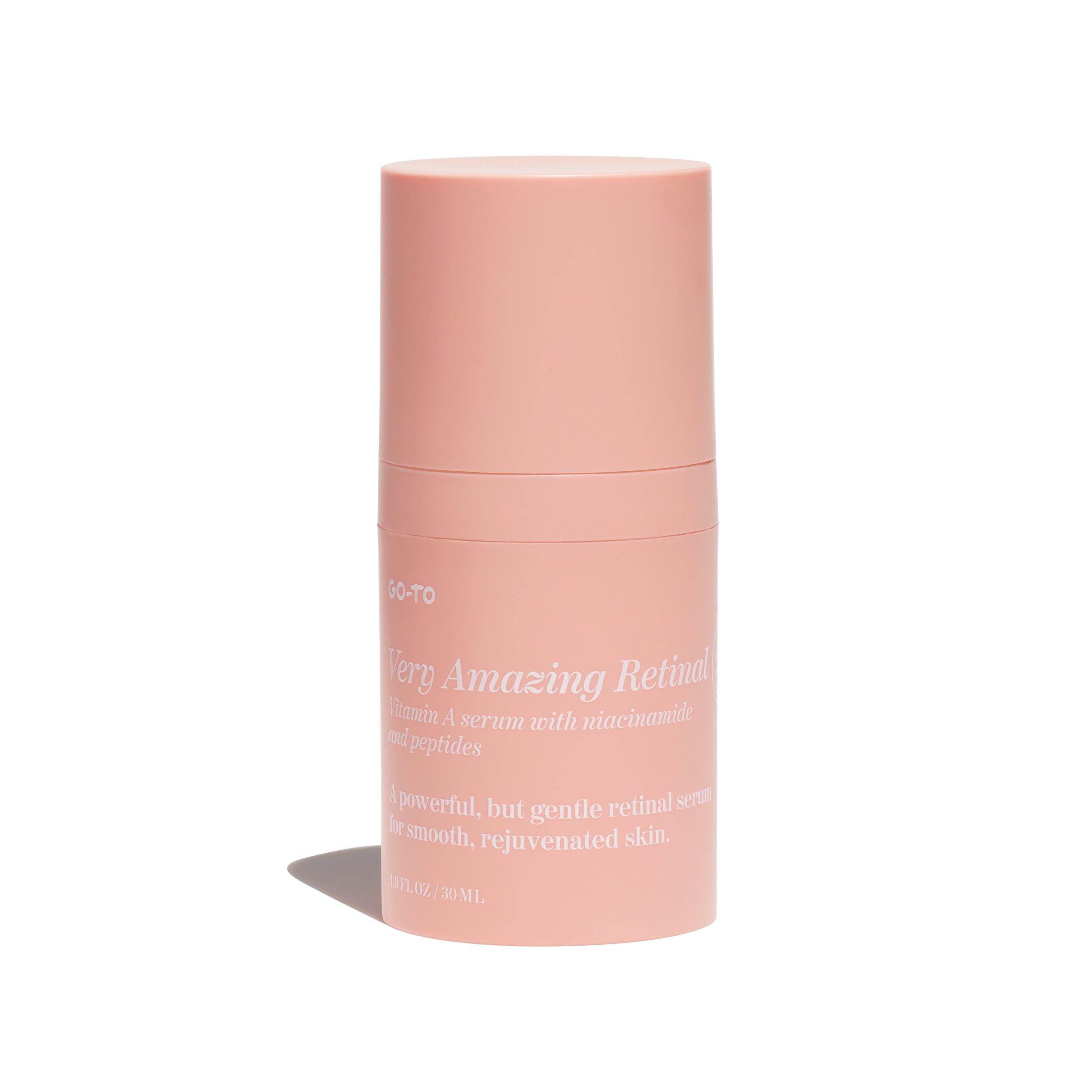
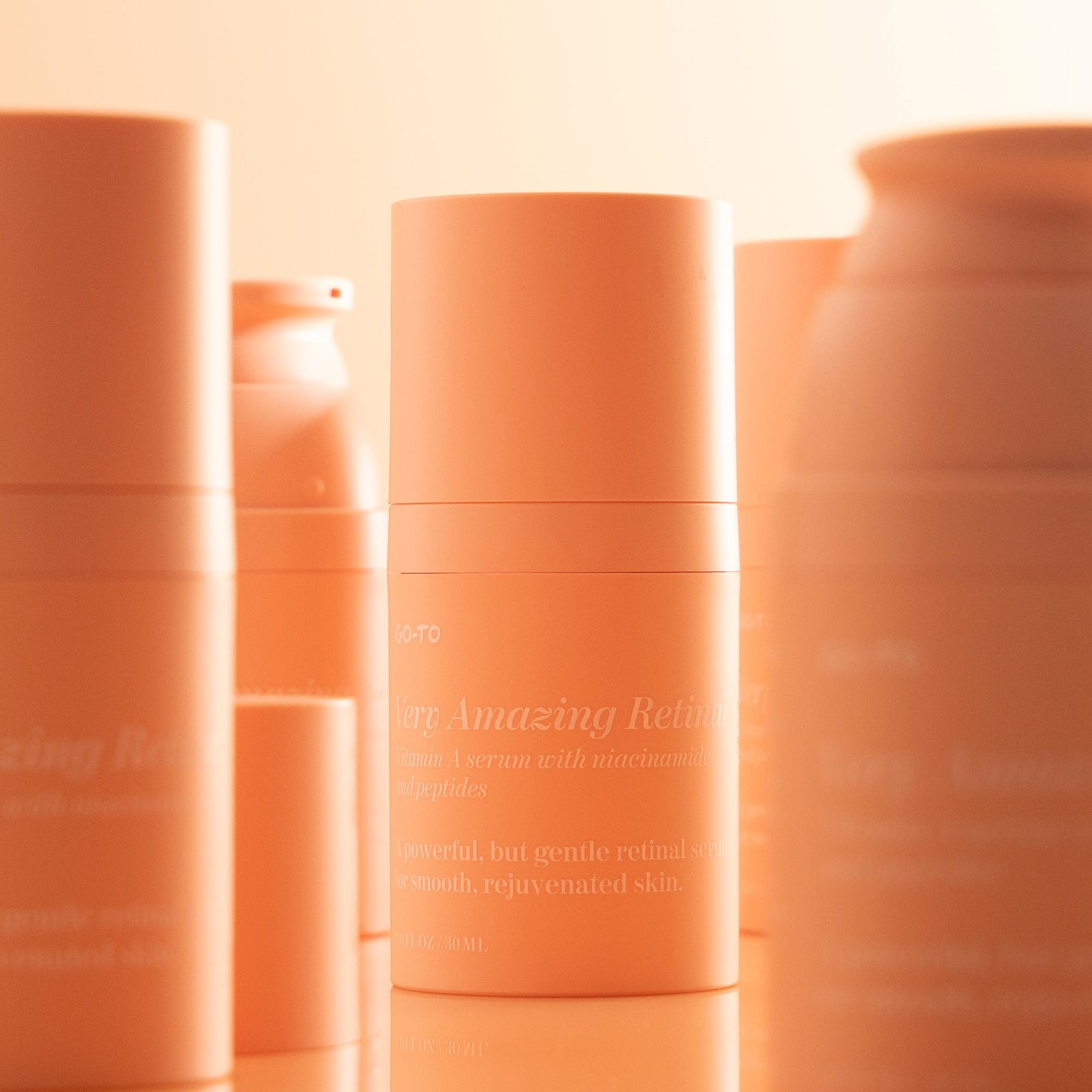
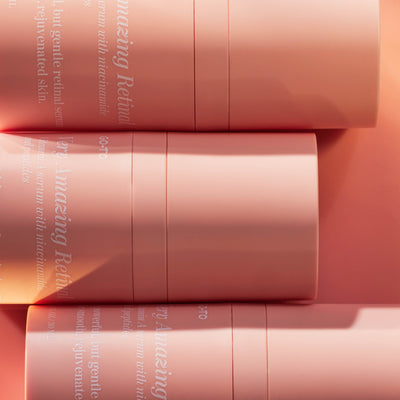



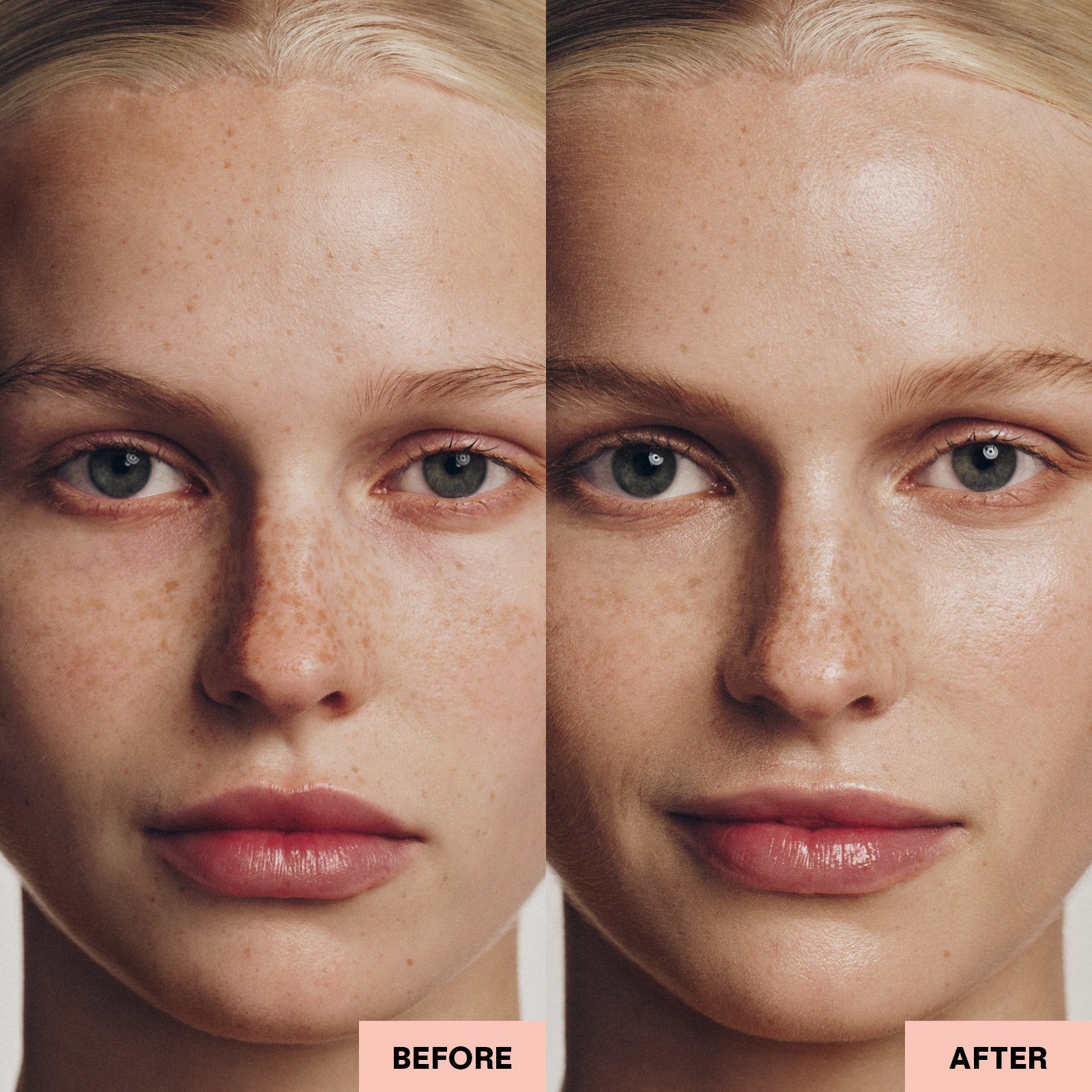


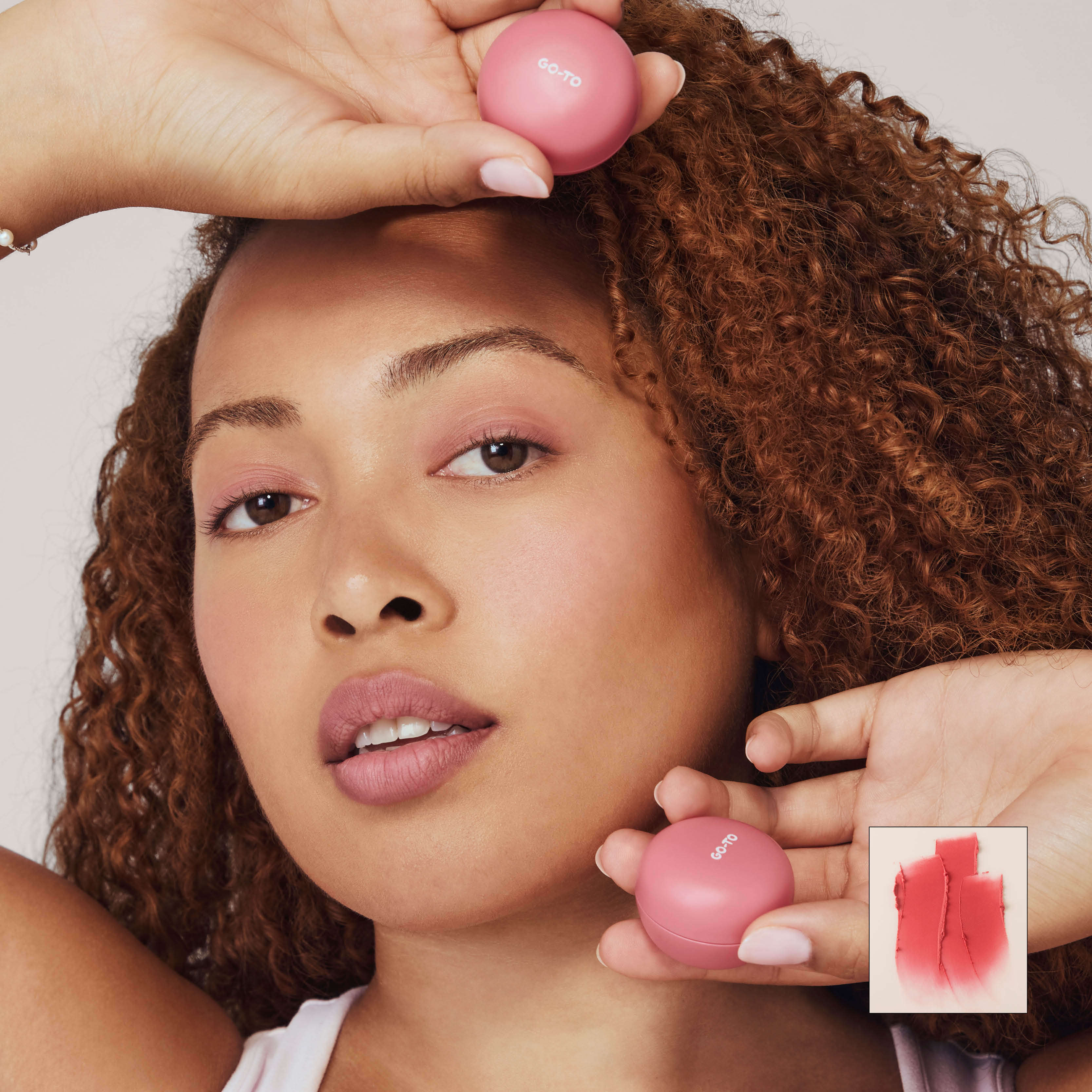
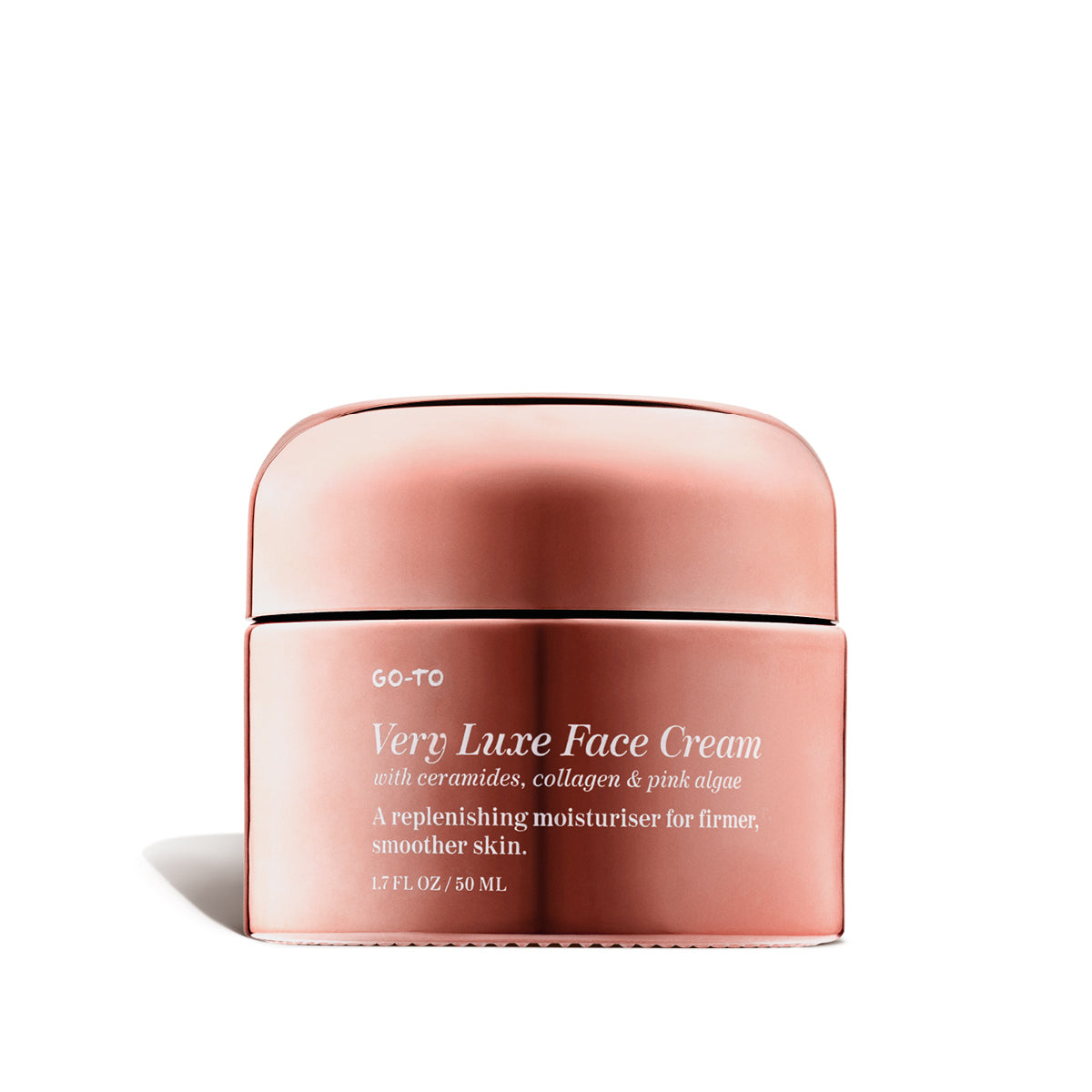
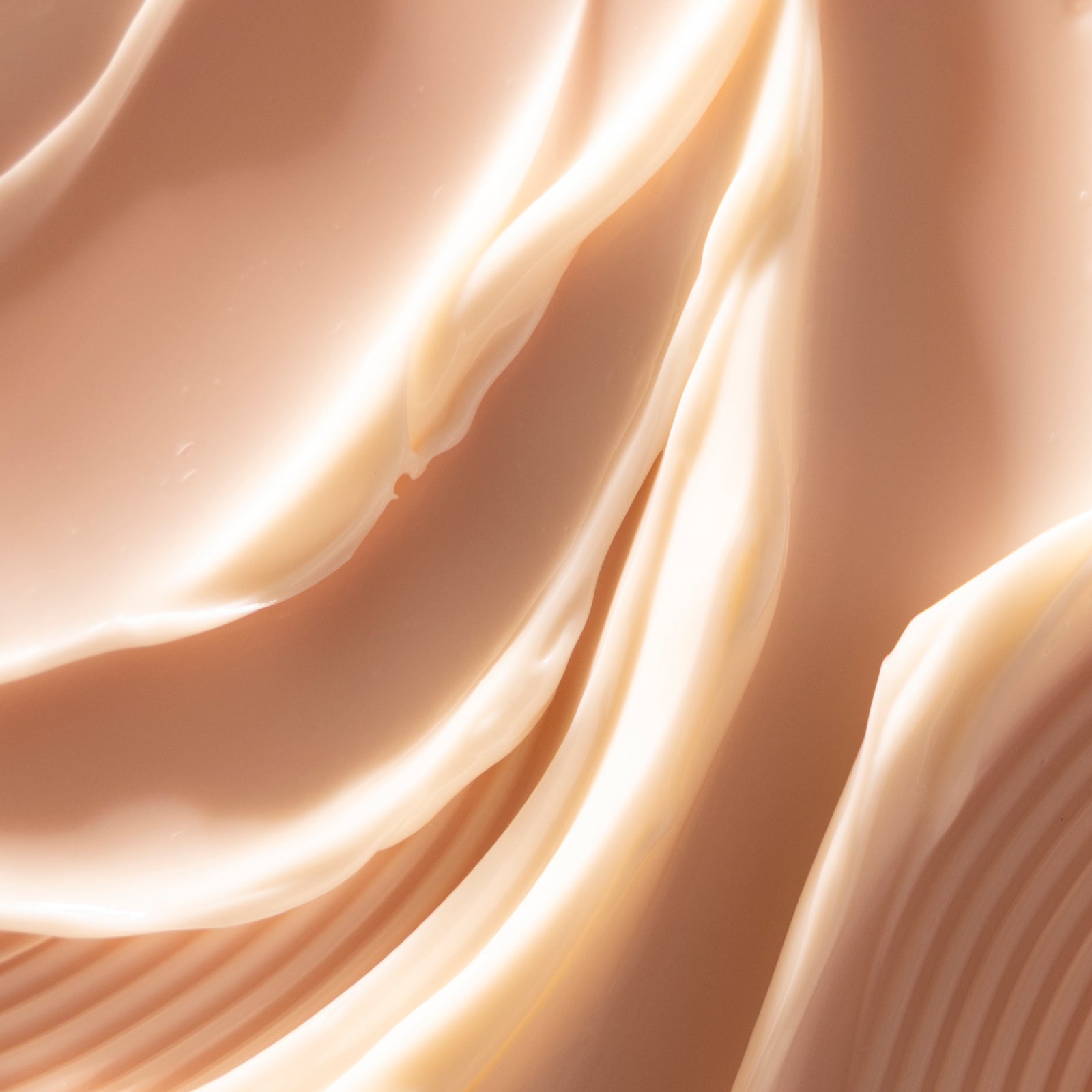
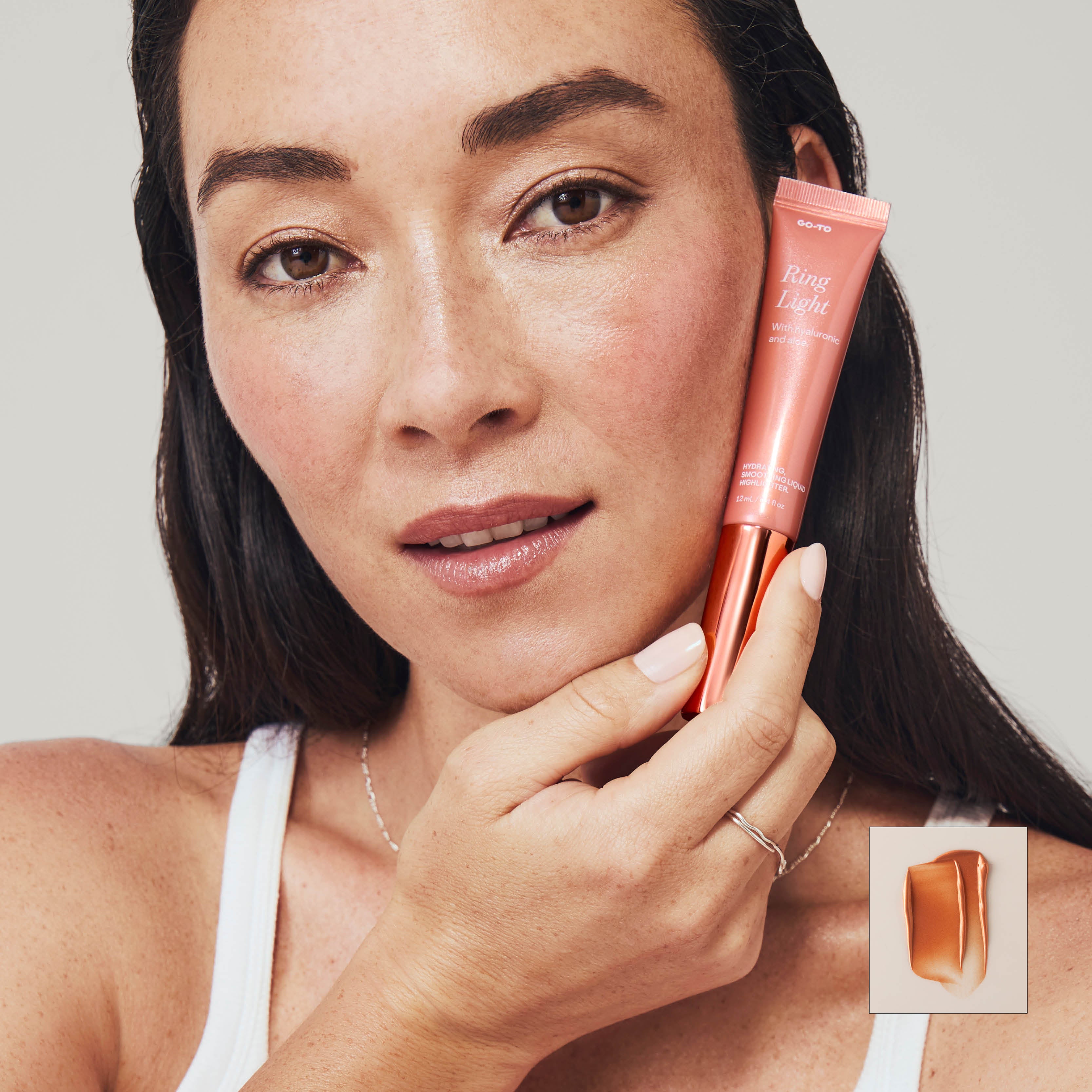
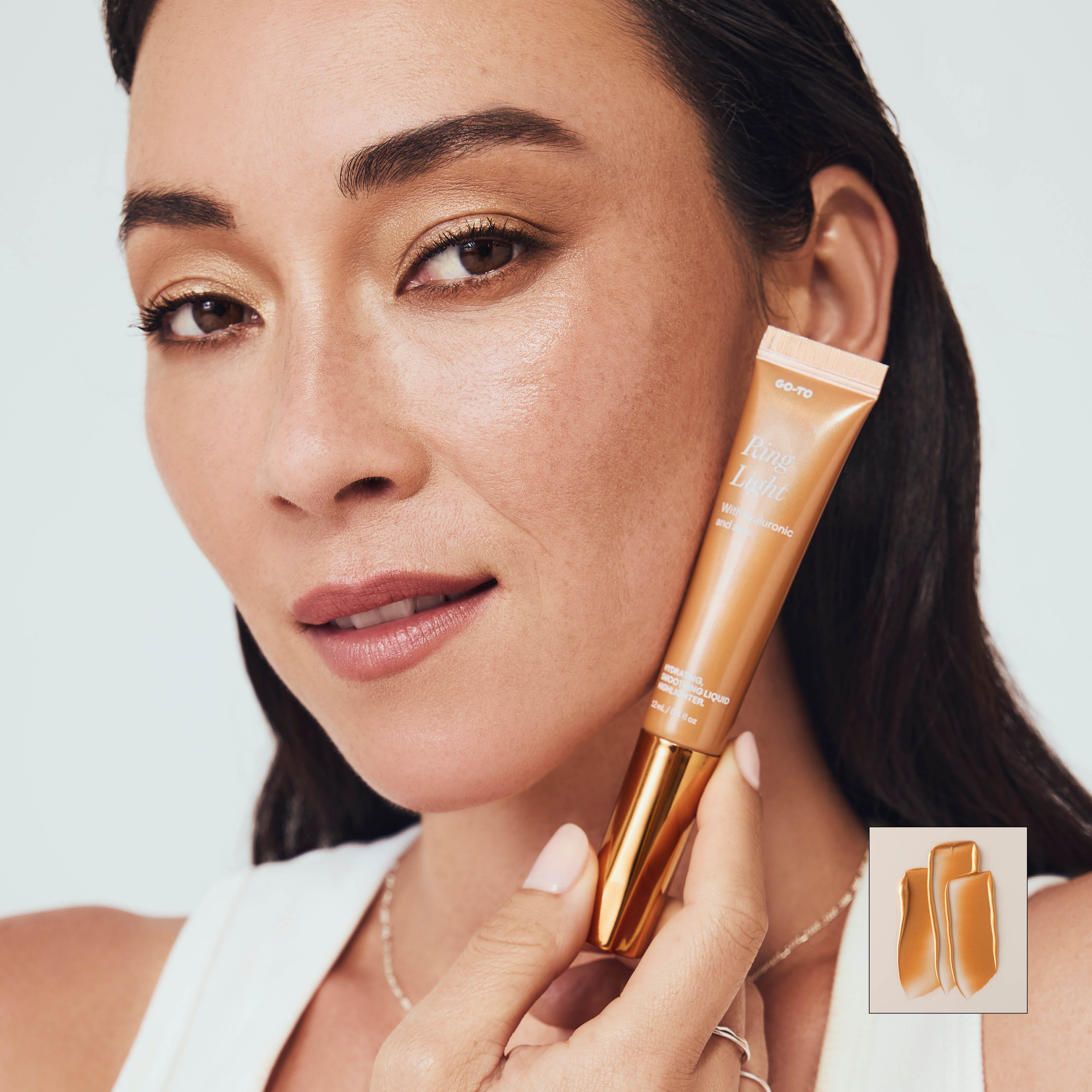
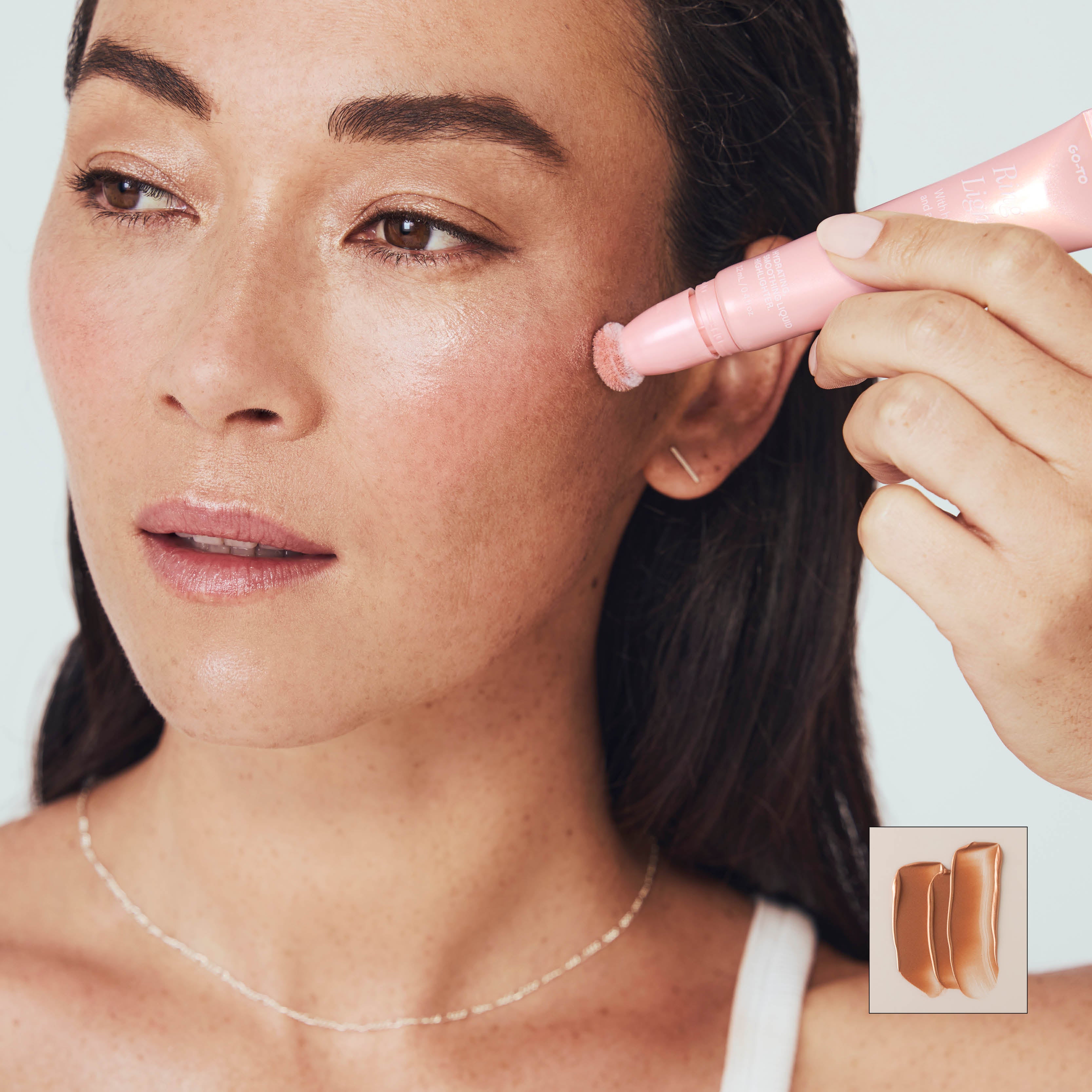
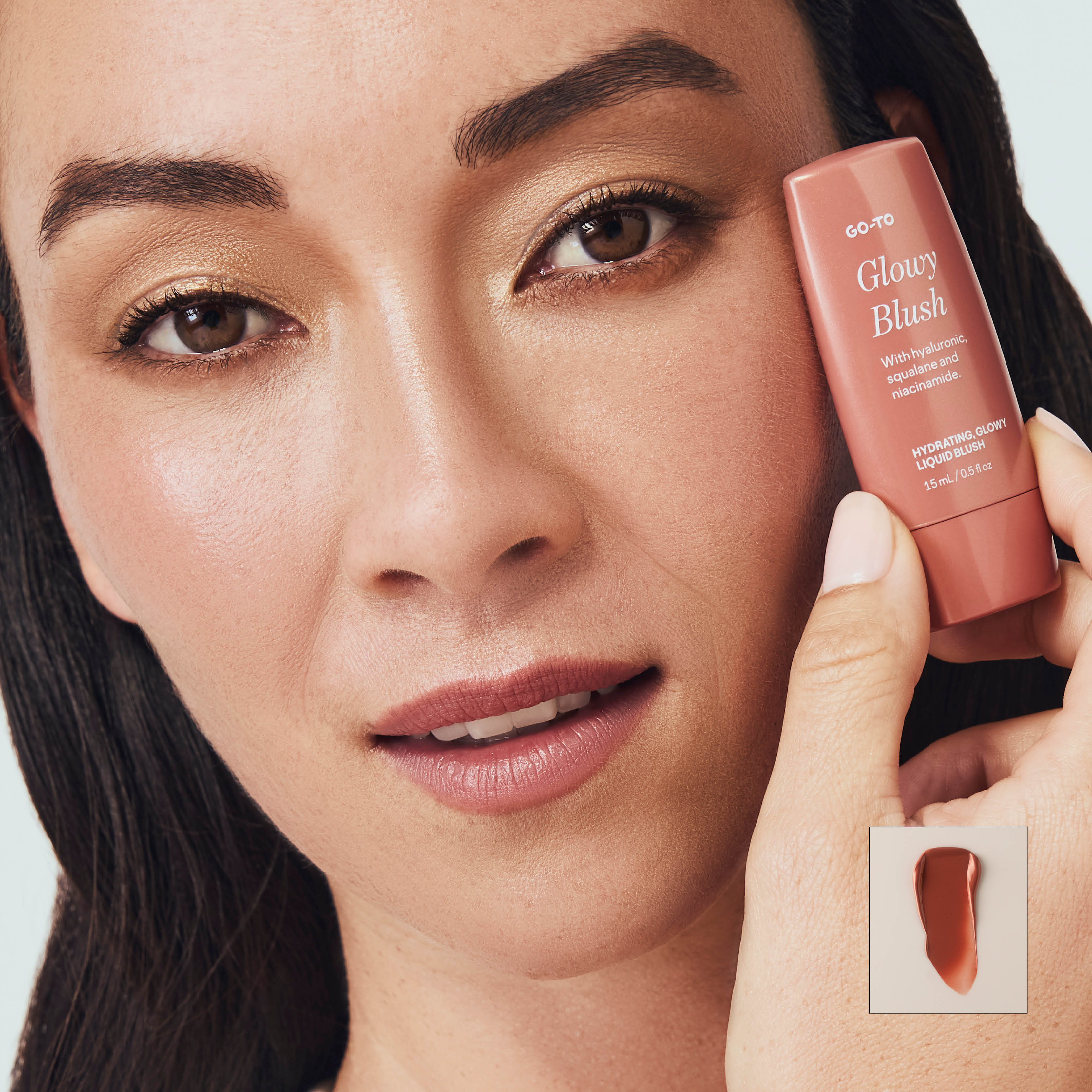
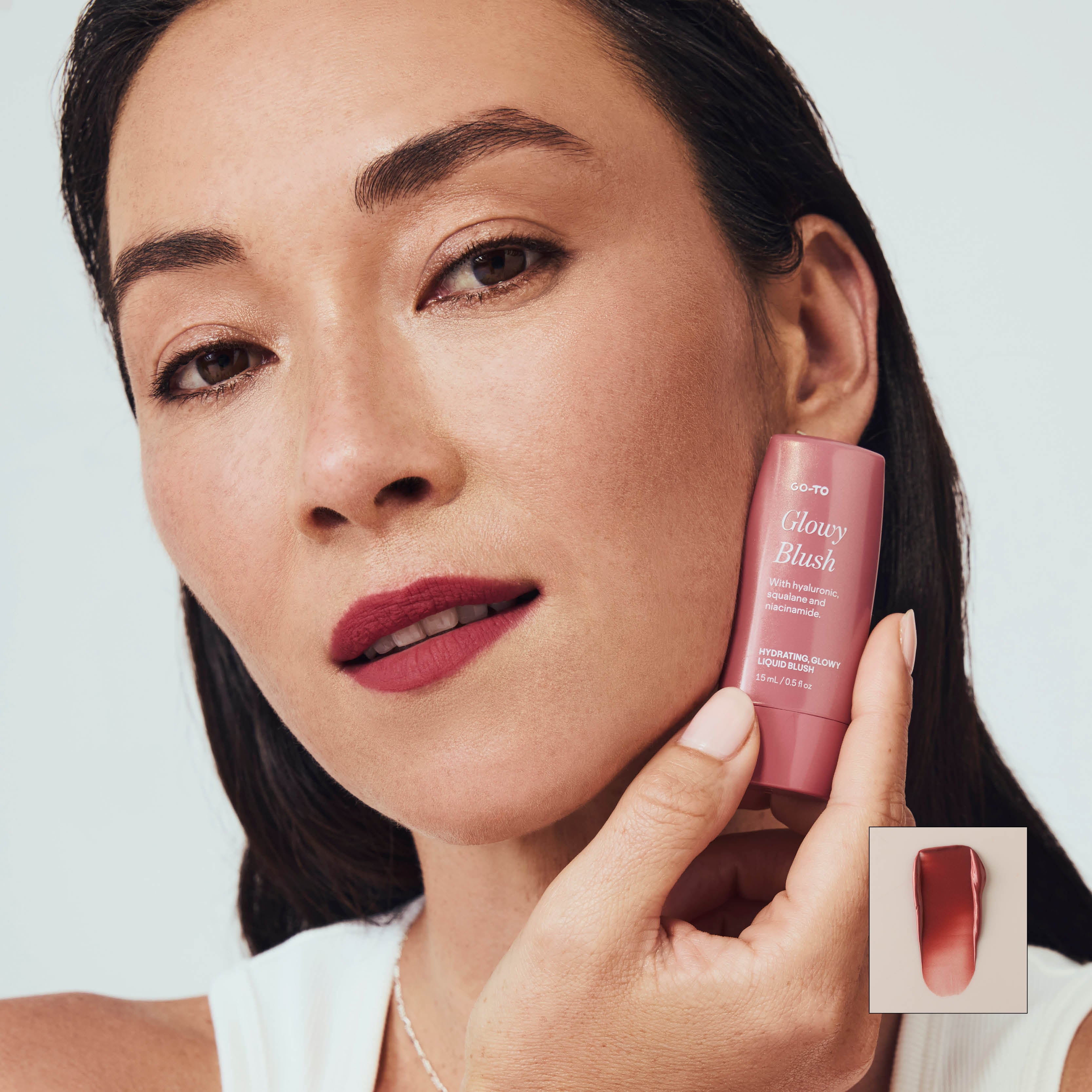
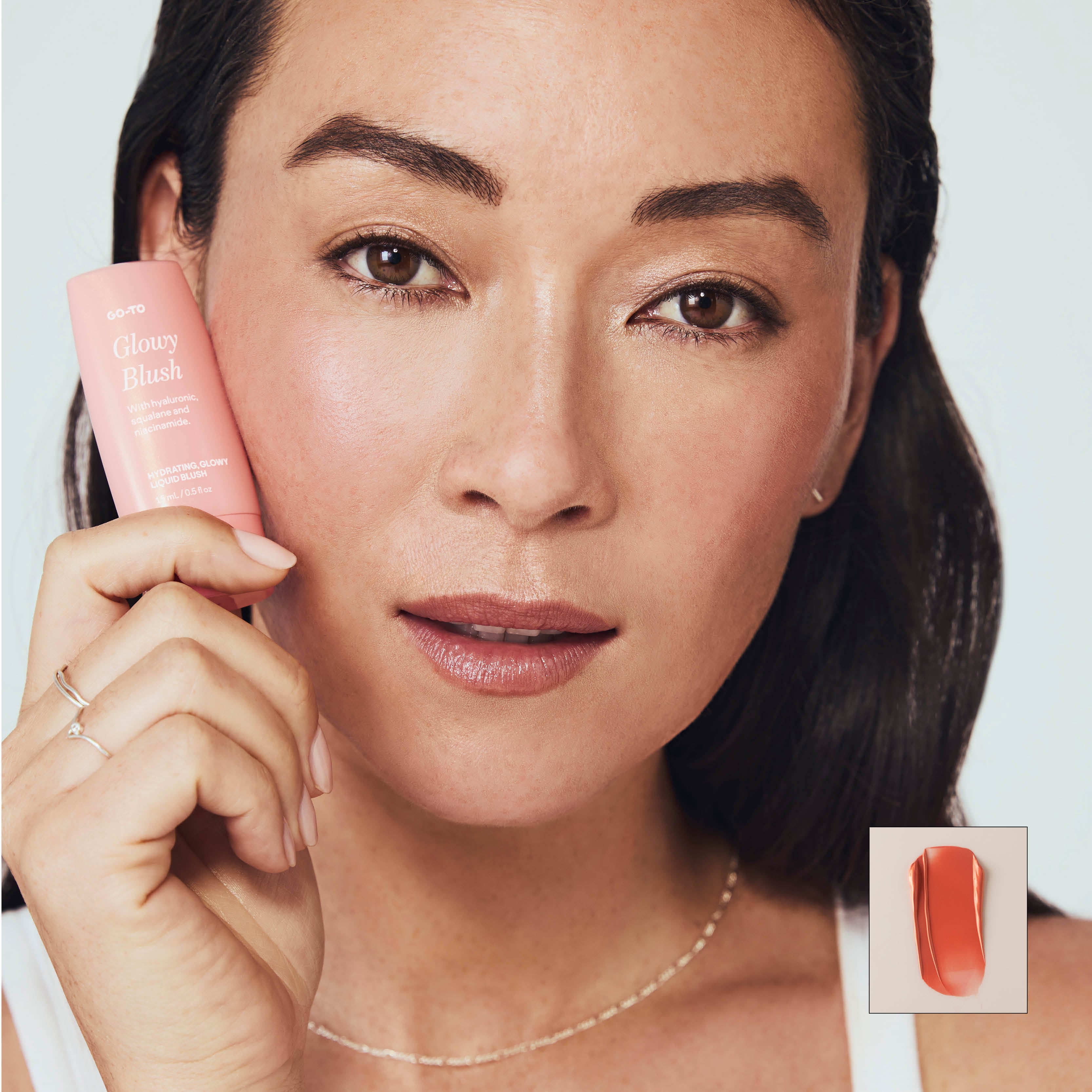

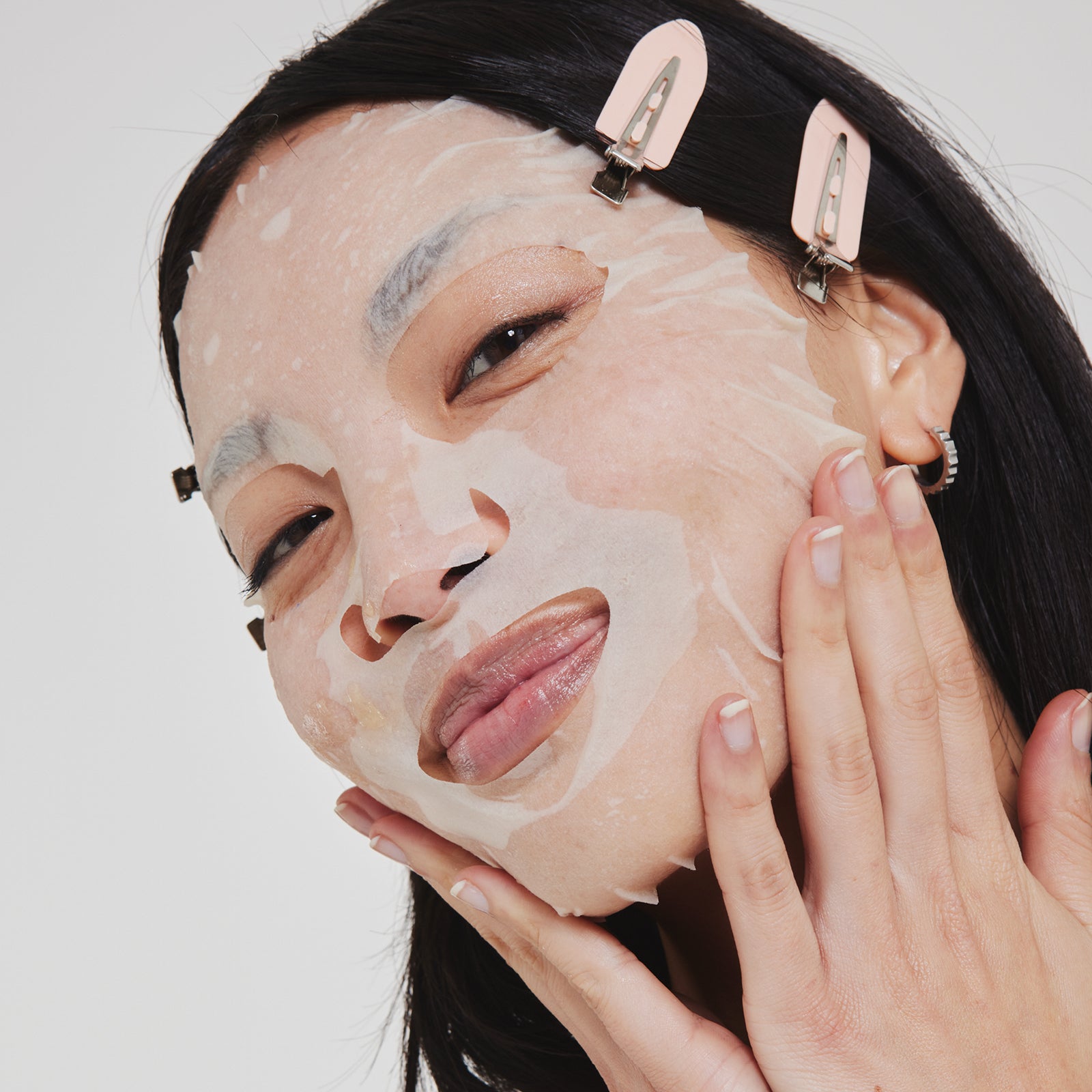
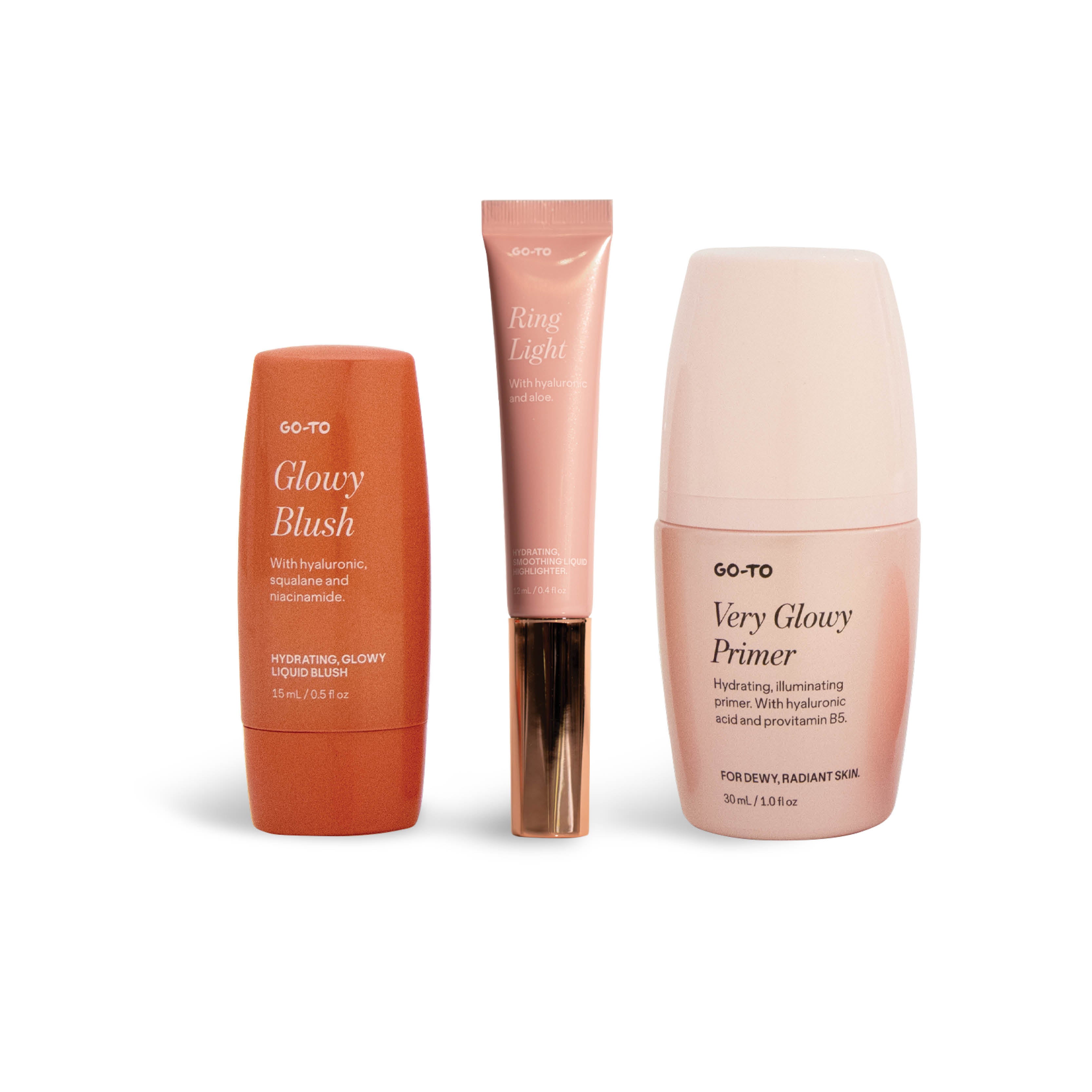
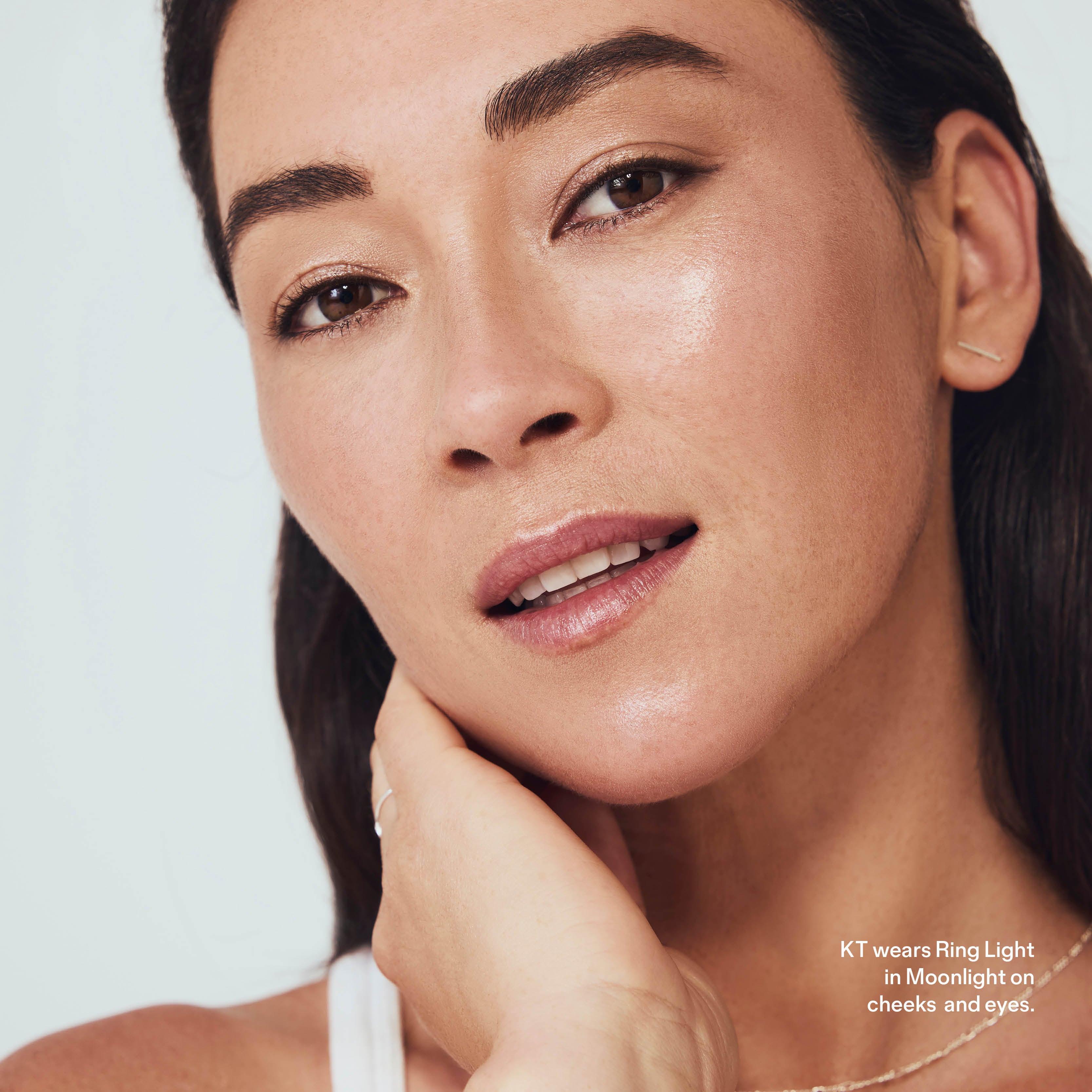
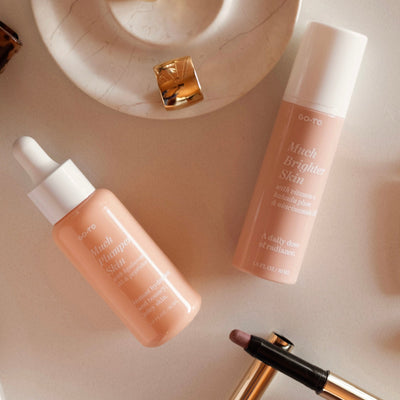
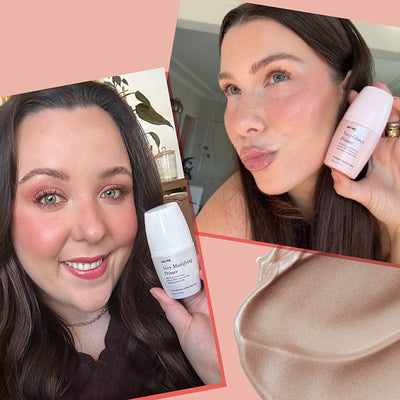
Comments